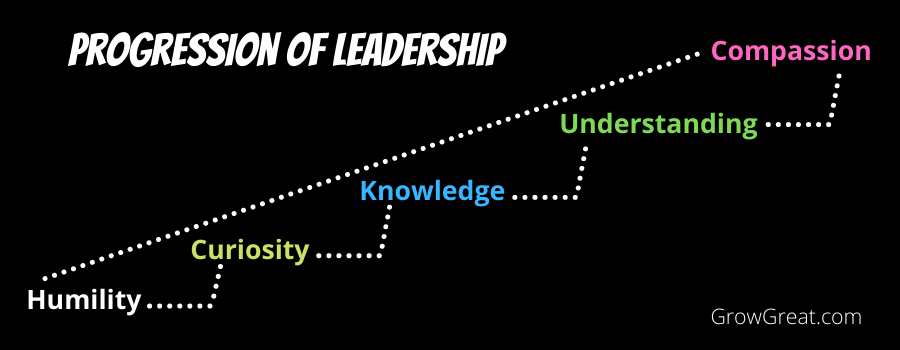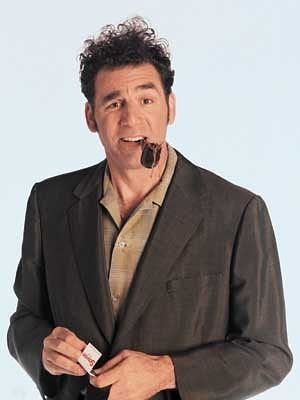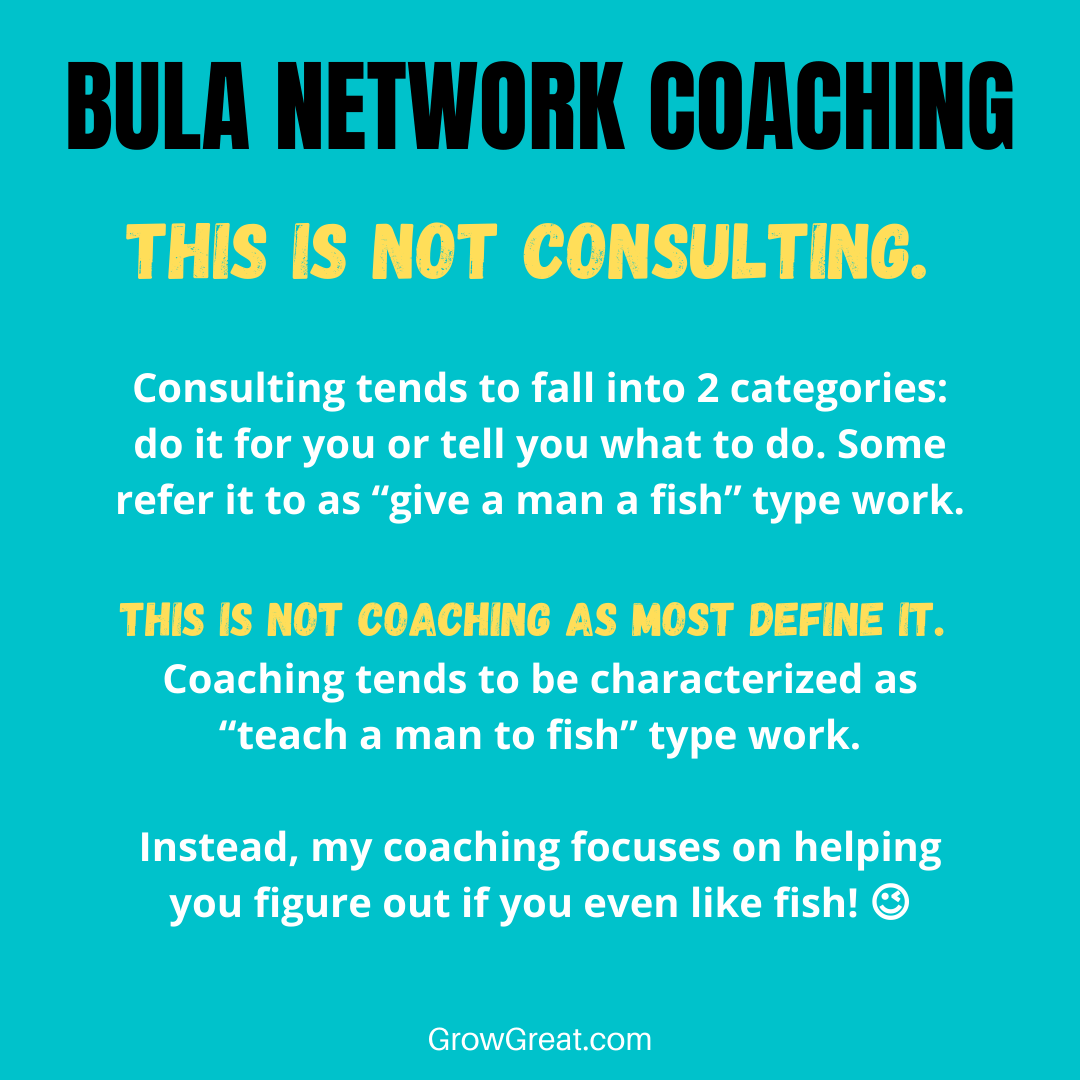30-Day Micro Leadership Course (September 26th 2021)
Podcast: Play in new window | Download (Duration: 10:31 — 9.6MB)
Subscribe: Apple Podcasts | Spotify | RSS | More
Session 26. These are the last five sessions. But don’t zone out because these are going to be important lessons for your leadership journey.
Back on day 15, we talked about writing your story. Let’s circle back around to that today with a context you may not have considered.
To keep things simple, let’s consider ourselves as the main character in our story. After all, this is our life. There’s nothing necessarily selfish about it. We’re looking through our eyes, seeing things the way we see them, and experiencing what we’re experiencing. Perfectly natural.
And we’ve got two primary options in living the life of this main character that is OUR life. We’re busy writing a hero story or a victim story.
Think of yourself in those terms. Hero or victim. Examine your life and you’re writing one story or the other. But your story is comprised of many smaller stories. There’s your overall story and then there are the specific chapters of your story. All those little stories that sum up your main story.
From King Arthur to Sherlock Holmes to Superman – heroes are always heroes. Sometimes they suffer defeat. Sometimes they make foolish decisions. Even superheroes aren’t perfect. You aren’t either. And that’s okay.
But their overall story – the way everybody would characterize their lives – is the life of a hero.
When we think of victims we may think of people who were murdered. No matter what kind of person they were we may feel sadness, sympathy, and even sorrow that somebody’s lost their life to such violence. In some cases, people are killed because they’re involved in dangerous things. Or they’re in dangerous situations. Or they’re choosing to be around dangerous people. But sometimes murder is random. Sometimes it’s not through any fault or decision on the part of the victim.
But there’s a much wider population of victims. In 2019 there were just under 20,000 murder victims in the U.S. That’s entirely too many murders, but a single murder is too many. Sadly, the people who are writing a victim story of their own life number in the millions and millions. People who are choosing to see themselves as pawns of others, or of circumstances beyond their control.
As a leader, you must write a hero story for yourself and for others you hope to influence. All the people you serve can be influenced by you to write their own hero story. But only if you show them how.
Heroes Emerge From Burning Buildings, Not Instagram Photos
There’s something we don’t often consider about heroes and that’s, “How are they made?”
Well, they’re not made by living an Instagram life filled with great vacations, exotic cars, and beautiful people. Heroes were made at 911 by greasy, sweaty, exhausted firefighters trying to lead people out of those towers. Heroes were made by a group of randomly thrown together strangers on an airliner when they decided to storm the terrorists and bring a plane destined to kill others. Heroes emerge from disasters, calamities, crises, danger, obstacles, and bad situations.
Sometimes leaders emerge in such situations. Sometimes leaders find themselves in those circumstances.
Everybody can be a leader because we all have the capacity to write a story where we’re able to influence others and do for them what they can’t do for themselves.
Everybody can be a hero because we all have the capacity to write a story where we’re able to rise to the occasion and refuse to be victimized by others or by a situation, no matter who or what caused it.
Victims fixate on blame. “If only I had gotten the promotion he got, then I’d be successful.” Victims love the phrase, “If only…” This is why I concentrate so much in my work on the power of the corner – the place we all must enter if we’re ever going to rid ourselves of our excuses. People who have never experienced the corner are victims. They refuse or don’t yet know how to accept responsibility for themselves. As they see it, their lives would be much better if only…
Heroes don’t see themselves or the world that way. Wherever the hero finds herself she realizes this is the reality that must be dealt with. Heroes answer the question asked by others, “Now what are we gonna do?”
The hero may not get it right. Not always. But the hero has a willingness – courage and strength – to face the realities and declare, “We’re going to move forward.” The hero – the leader – gives people hope. Following the leader is always seen as the best option. Otherwise, leaders have no followers. And that’s not leadership. Heroes and leaders have people in their life willing to let them serve. Which is a whole ‘nother truth about leadership – it can’t be imposed or forced. You can foist a boss on people, but people choose whom to follow.
The hero isn’t out for himself. He’s out to help us, too. So is a leader.
You can view challenges as opportunities to write a hero story — or a victim story. You get to decide which you are, and which one you’ll become. And in either story you choose to write, you’ll take others along with you. You will influence others.
Heroes work to emerge from the burning building. Hopefully, they emerge, but they don’t always. Live as a hero. Die as a hero.
Or a victim.
Victims tend to die as victims unless or until they decide to no longer be a victim. That’s the power of the corner – the place of NO MORE EXCUSES.
Both have a group around them. Both bring out something in others.
Write the victim story and most people won’t care. They’re too focused on their own problems to care that much about your griping, complaining and finger-pointing. But some people will chime in because they share the same feelings about their own life. Misery does love company. To a degree. You can write such a story. It’s highly popular and there are more victims than heroes because more people make that choice.
Heroes just make a different – a better – choice! They figure it’s far better to accept responsibility to move forward than to cower in fear. They want to escape the burning building and they really want us to escape, too. They have the courage to step up and step forward. We love them for it and we put our faith in them because we know they’re seeking our best.
Victims are the most self-centered, arrogant people around. It’s all about them. And their problems. And their lack. They don’t serve us with anything that makes us better. They don’t provide any help to us. Zero. Rather, they’re detrimental to us. They make our lives worse. It’s their story and they want others to join them. Resist.
So what’s your story? How determined are you to write your very best story? If today’s chapter isn’t so good, then look at it as an opportunity – your burning building moment. Be a hero. Be a leader. Make a difference.
Be well. Do good. Grow great!

30-Day Micro Leadership Course (September 26th 2021) Read More »





 The opposite approach, which I admit I’ve seen only on extremely rare occasions, is what I call “the Kramer approach,” named after the Seinfeld character notorious for blurting out obvious observations that everybody else dare not speak of. Does that better describe how you or your culture handle difficult conversations? You just dive right in without any considerations other than to confront it.
The opposite approach, which I admit I’ve seen only on extremely rare occasions, is what I call “the Kramer approach,” named after the Seinfeld character notorious for blurting out obvious observations that everybody else dare not speak of. Does that better describe how you or your culture handle difficult conversations? You just dive right in without any considerations other than to confront it. 

